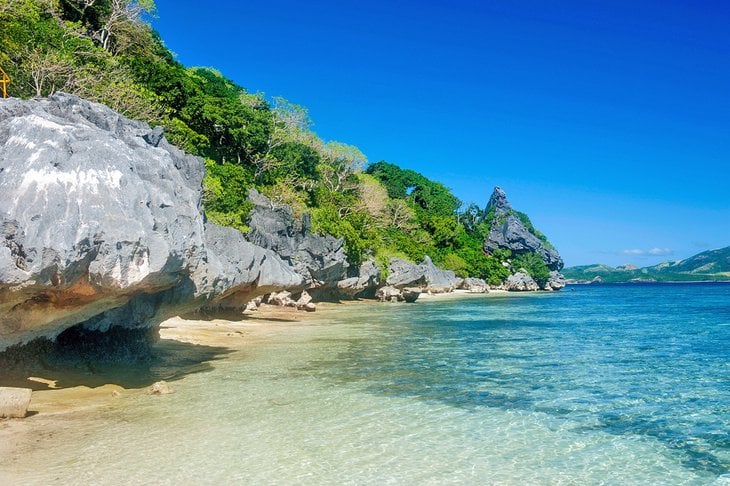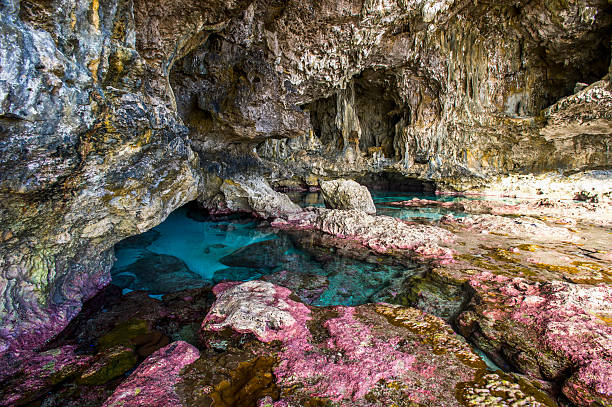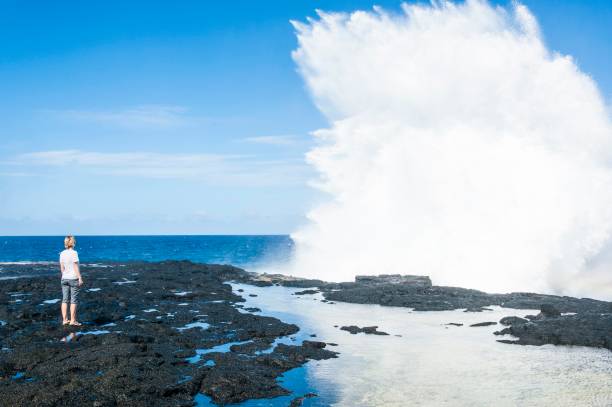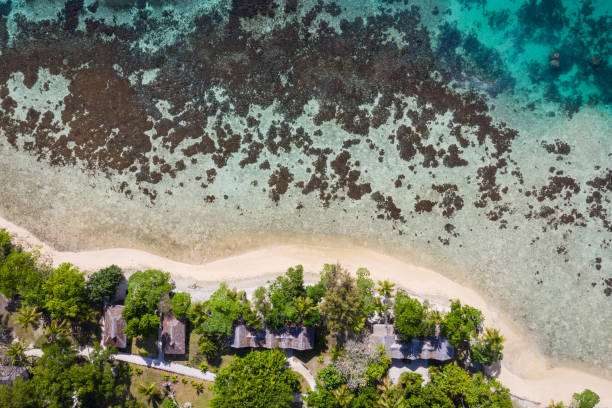PSDI report says environmental responsibility by a destination DMC attracts environmentally responsible tourists
A recently released report is recommending that Pacific destinations tap into potentials in a growing environmental awareness worldwide when rebuilding their tourism sectors.
This was part of recommendations in a recently released report by the Pacific Private Sector Development Initiative (PSDI) on the impact of COVID-19 on tourism in the Asian Development Bank’s 13 Pacific Developing Member Countries (Pacific DMCs).
“Environmental responsibility by a destination DMC attracts environmentally responsible tourists,” PSDI said in its report titled “EVALUATING THE CHALLENGES FOR PACIFIC TOURISM AFTER COVID-19”.
PSDI is a technical program undertaken in partnership with the Asian Development Bank and the governments of Australia and New Zealand.
“Many tourists have developed a new, growing awareness of environmental issues and view environmental responsibility in a destination as an attraction. For example, a 2017 survey found that 22 percent of visitors to Palau were drawn by its commitment to creating a national marine sanctuary and cited this as important to their decision to visit. Visitors surveyed in several DMCs frequently list rubbish, litter, and a lack of care for the environment as a destination’s least appealing aspects. On the other hand, taking action towards sustainability, along with its many other benefits, attracts tourists who have a strong sense of environmental responsibility and want to give back to the responsible destinations and their local communities,” it said.
“For the Pacific DMCs, this will mean reassessing current practices and looking at new opportunities to support sustainable initiatives in the sector. Sustainability efforts do not necessarily require policies or frameworks; instead, sustainability should be integrated across all tourism recovery efforts so that, longer-term, it becomes the only way to do business.
The tourism sector can lead sustainability initiatives. To aid recovery, destinations could consider renovating for sustainability and climate-proofing hotels and other tourism facilities. Energy and water efficiency and other sustainability measures could be integrated into incentives and investment schemes. Destinations can accelerate the decarbonization of tourism operations by investing in low-carbon transport and greener infrastructure. For example, during the pandemic, Palau has been working to become the world’s first ‘Carbon Neutral Tourism Destination’, through an innovative approach to promote local food production in tourism and develop a carbon management program for tourists.”
The current tourism pause globally may have ravaged Pacific tourism sectors in ways that a decade of tropical cyclones cannot match but as Pacific countries emerge from its scathing impact, efforts to rebuild is advised to be made on a “collective” basis and to be geared towards an outcome that makes tourism “more sustainable, valuable and effective for local communities and the environment.”
“Post-pandemic, the Pacific DMCs could benefit from a regional approach to tourism. In times of crisis, cooperation can bring greater rewards than the competition, particularly when it comes to the sector’s big challenges, such as crisis mitigation and recovery, future resilience, data management and analysis, and improvements in the enabling environment. A collaborative approach, facilitated by the region’s largest intergovernmental tourism organization, the Pacific Tourism Organisation (SPTO), would allow best practices to be shared, resources to be used more efficiently, and tourism productivity to increase. Building more dynamic private sectors will help build bigger and better tourism industries and drive higher employment and incomes.”
Tourism is key in most Pacific economies, contributing more than 20 percent of GDP in six Pacific DMCs—the Cook Islands, Fiji, Niue, Palau, Samoa, and Vanuatu.
Tourism in the Pacific DMCs





The COVID-19 pandemic decimated tourist numbers and out of the mere 1.75 million visitor arrivals to the Pacific in 2019, almost 900,000 went to Fiji, which has the most developed tourism offering in the region while two of the smallest tourism economies, Kiribati and Tuvalu, each received fewer than 10,000, according to the report.
“The pandemic adds to existing challenges for the tourism industries in the Pacific DMCs, and the sector’s recovery will depend on the resilience of each country’s pre-pandemic tourism infrastructure and services, and the extent to which they can bounce back upon the resumption of international travel. A return to business-as-usual in the Pacific tourism sector is highly unlikely. Tourist tastes and demands will shift. Safety and hygiene will be more important, and there may be growing preferences for short-haul travel; low-density destinations; and outdoor activities. These shifting preferences could suit the Pacific DMCs, many of whom have remained largely COVID-free and feature many natural attractions.”
The 13 Pacific DMCs are the Cook Islands, Federated States of Micronesia, Fiji, Kiribati, Marshall Islands, Nauru, Palau, Papua New Guinea, Samoa, Solomon Islands, Tonga, Tuvalu and Vanuatu.
This story was produced with the support of Internews’s Earth Journalism Network.




